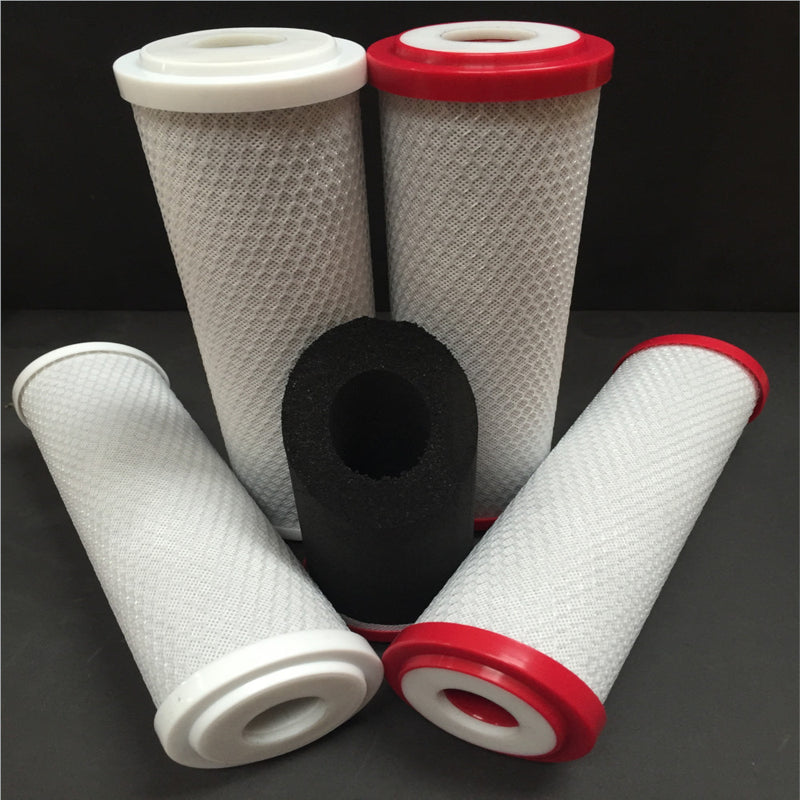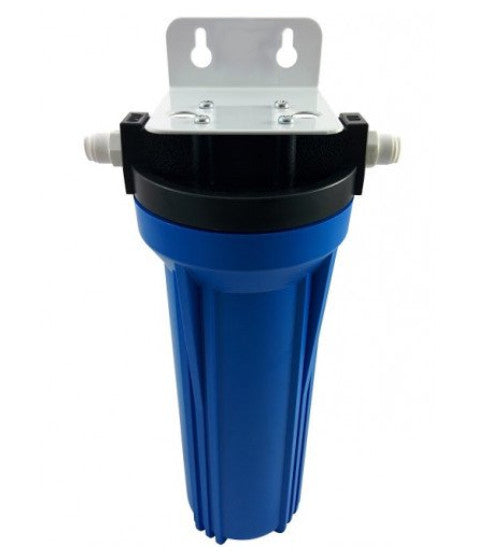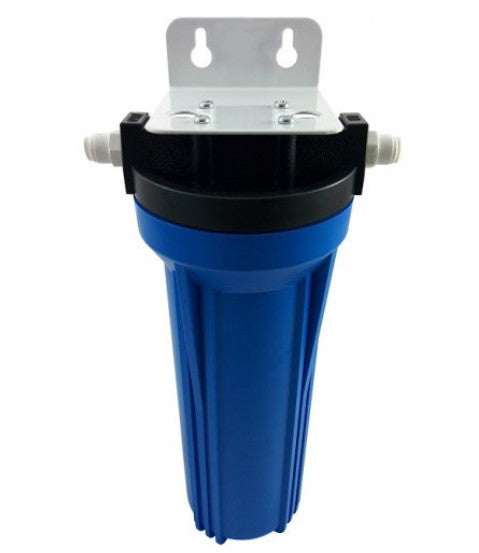Ultraviolet germicidal irradiation
A quick guide to ultraviolet germicidal irradiation.

Firstly, the Wikipedia article about UVGI is really great if not a little in-depth. We're more interested water and air purification as our business has given us the experience to write with some authority on that part of the subject.
Ultraviolet germicidal irradiation is the method in which UV light (UV-C more specifically in this case) sterilises or inactivates micro-organisms. It does this by damaging the DNA in the cells making them unable to reproduce and effectively killing the organism.
UV disinfection is used as a barrier treatment so unlike other treatments e.g. Chlorine disinfection in water treatment, UV has no risidual effects on the system it's used in. This has both positive and negative reprocussions that can be matched to individual projects.
No organic material is immune to UV treatment but the dosage needed to sterilise various micro-organisms differs. This is because of the make-up of the cell wall and how resistant it is to letting the UV light through.
In terms of cost, UV tends to compare favourably to alternative treatment methods. That it needs minimal maintenance, training and storage costs mean that the similar installation costs look good when considering lifetime equipment value.
One last thing to consider that's assosiated with both air and water Ultraviolet treatment is shadowing and light/dark repair. Both of these are possible in theory but I'm yet to see a real world example of either one taking place at all, let alone an issue actually presenting itself in the field because of them occuring. We disregard these in the industry as a potential black swan event.
This should very briefly cover the basics of what we do, but feel free to get into contact with us at sales@rhinotechsystems.com for more information on anything included.





